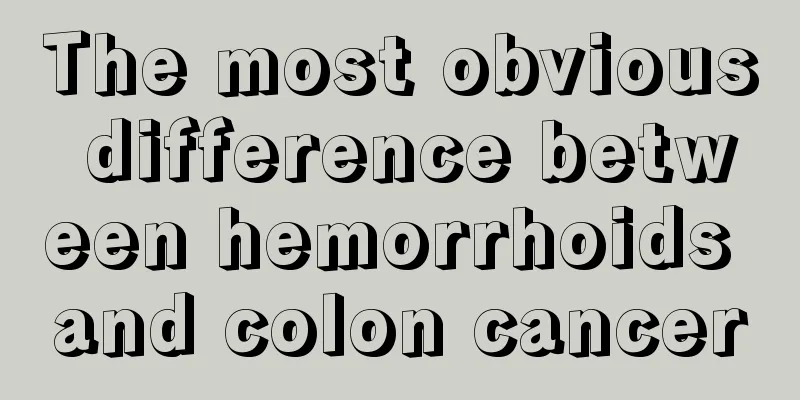What is the best way to treat small cell lung cancer

|
Many older patients with small cell lung cancer are reluctant to accept conservative treatments recommended by their doctors, and they are worried that their disease will be delayed because of such treatments. In fact, not everyone can use quick treatments such as surgery to treat small cell lung cancer. This depends on the patient's own situation. So what is the best way to treat small cell lung cancer? Let me introduce it to you below. Small cell lung cancer accounts for 15% to 20% of all lung cancers, and its proportion in lung cancer is gradually decreasing. Small cell lung cancer is very sensitive to initial chemotherapy and radiotherapy, but often relapses quickly. Staging: Small cell lung cancer is divided into limited stage and extensive stage. Limited stage means that the tumor is located in one side of the chest cavity and can be safely radiotherapy in one radiation field. Extensive stage small cell lung cancer is beyond the above range, including malignant pleural effusion, malignant pericardial effusion, superior vena cava compression syndrome and extrathoracic spread. Consensus on the treatment of limited-stage small cell lung cancer: The combination of systemic chemotherapy and chest radiotherapy can prolong the patient's survival; early radiotherapy is better than late radiotherapy; the recommended chemotherapy regimen combined with radiotherapy is etoposide combined with cisplatin; patients who achieve complete remission after treatment are recommended to receive preventive brain radiotherapy. Treatment of extensive-stage small cell lung cancer: Systemic chemotherapy is the main treatment. The recommended chemotherapy regimen is etoposide combined with cisplatin or etoposide combined with carboplatin. Continuous chemotherapy for more than 6 cycles is of no benefit to patients. Other options include CAV regimen, Capetop combined with cisplatin regimen, and Hemeixin combined with cisplatin regimen. Second-line treatment for small cell lung cancer: For small cell lung cancer that recurs within 3 months after treatment, the non-small cell lung cancer regimen can be used; for recurrence between 3 to 6 months, the Hemeixin regimen, Capeto regimen, and CAV regimen can be chosen; for recurrence more than 6 months, the original regimen can be used. The key points for successful treatment of small cell lung cancer: clear pathological diagnosis, accurate staging, and early participation in radiotherapy for limited-stage small cell lung cancer. The above are some good treatments for small cell lung cancer. If you want to know how to best treat small cell lung cancer, you must comprehensively consider the patient's condition, physical condition, age and other factors. The best treatment method is the one that suits you. |
<<: How to effectively treat small cell lung cancer
>>: What is the best treatment for small cell lung cancer
Recommend
What are the common early symptoms of lung cancer? Four common symptoms of early lung cancer
What are the early symptoms of lung cancer? Nowad...
What items should be done for cervical cancer screening in preparation for pregnancy
Cervical cancer screening generally includes cerv...
A detailed introduction to the diet for cardiac cancer
Patients who have undergone surgery for cardia ca...
What signs does kidney disease give off in men?
1. Boring. When the kidney function is poor, many...
What are the plants that can prolong life
In fact, many people don’t know that some plants ...
Can the saliva of liver cancer patients be contagious?
Liver cancer is a very harmful disease. Most pati...
What is vestibular vertigo?
Vestibular vertigo is a common symptom at present...
How to tell if a cold is viral
Staying up late, sleeping late, bad eating habits...
Can I use air conditioning after cupping
Cupping has become a way of treating physical dis...
Eating habits are the main factor in the cause of liver cancer
The liver is one of the important organs of the h...
What are the dietary treatments for cervical cancer?
With the progress of the times, people's livi...
Diagnosed with lung cancer, want to know what to do next for treatment
After being diagnosed with lung cancer, patients ...
How is surgery performed for nasopharyngeal carcinoma
Many patients are beginning to be familiar with n...
Introduction of Lysine Hydrochloride
In general, l-lysine hydrochloride is used by chi...
Can I eat silkworm pupae if I have constipation?
Silkworm pupae are not commonly consumed food in ...









